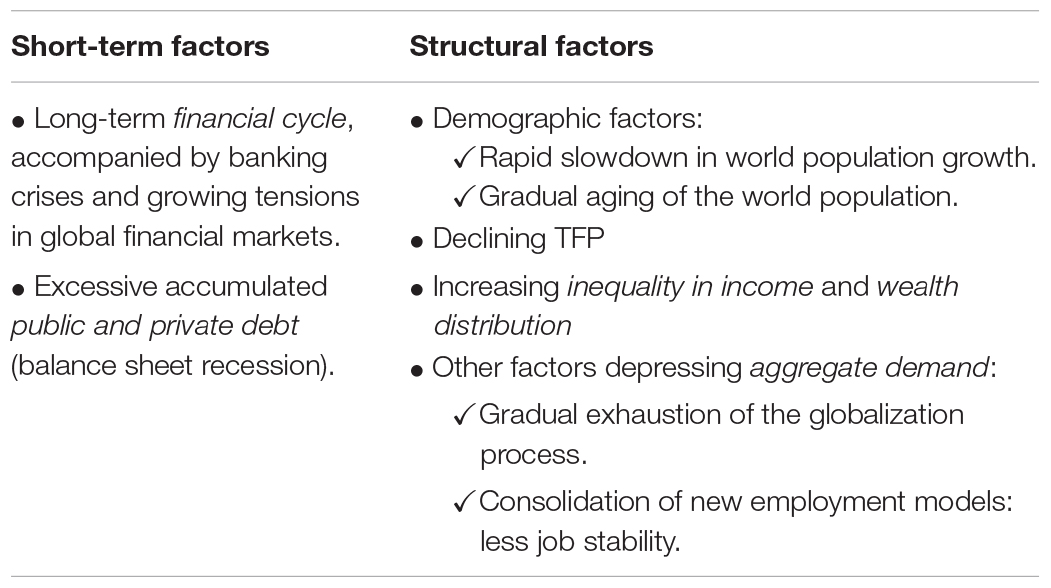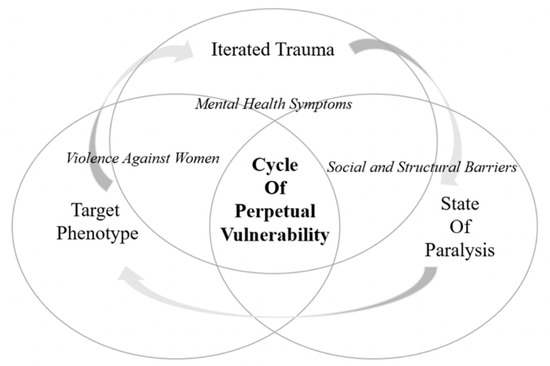Structural unemployment is a type of unemployment caused by a mismatch between the skills and qualifications of job seekers and the requirements of available job positions. Unlike cyclical unemployment, which is directly related to the ups and downs of the business cycle, structural unemployment is more long-term and stems from fundamental shifts in the economy.

Credit: www.frontiersin.org
Causes of Structural Unemployment
There are several factors contributing to structural unemployment:
- Technological advancements:
- Globalization:
- Changes in consumer preferences:
- Educational system:
The automation and digitalization of industries often lead to a decreased demand for certain jobs that can be replaced by machines or computer programs.
The integration of world economies has resulted in outsourcing and offshoring, leading to job losses in certain industries in developed countries.
When consumer preferences shift, certain industries may decline, resulting in layoffs and unemployment for workers in those sectors.
Inadequate education and training programs may leave workers ill-equipped to meet the changing demands of the job market.

Credit: www.mdpi.com
Effects of Structural Unemployment
Structural unemployment has significant social and economic implications:
- High unemployment rates:
- Income inequality:
- Skills mismatch:
- Social unrest:
Structural unemployment contributes to overall unemployment rates, causing economic distress and reduced productivity.
The loss of jobs in specific industries can disproportionately affect certain groups, leading to increased income inequality.
Workers may find it challenging to transition into new industries due to a lack of transferable skills, resulting in prolonged unemployment.
Long-term unemployment can lead to social unrest and increased social welfare costs as individuals face financial hardships.
Solutions for Structural Unemployment
Addressing structural unemployment requires proactive measures to align the workforce with evolving labor market needs:
| 1. Education and Training Programs | Investing in educational programs that teach relevant skills and providing retraining opportunities for displaced workers can help bridge the skills gap. |
|---|---|
| 2. Flexible Labor Markets | Implementing policies that promote labor market flexibility, such as reducing barriers to entry or encouraging entrepreneurship, can facilitate smoother transitions for job seekers. |
| 3. Industry Collaboration | Encouraging collaboration between industries, educational institutions, and government bodies can ensure that education and training programs align with the demands of the job market. |
| 4. Innovation and Research | Investing in research and development can promote innovation and create new job opportunities in emerging industries. |
Addressing structural unemployment requires a multi-faceted approach that combines education, policy changes, and collaboration to ensure individuals are equipped with the necessary skills for available job positions. By adapting to the changing economic landscape, we can mitigate the adverse effects of structural unemployment and foster sustainable economic growth.
